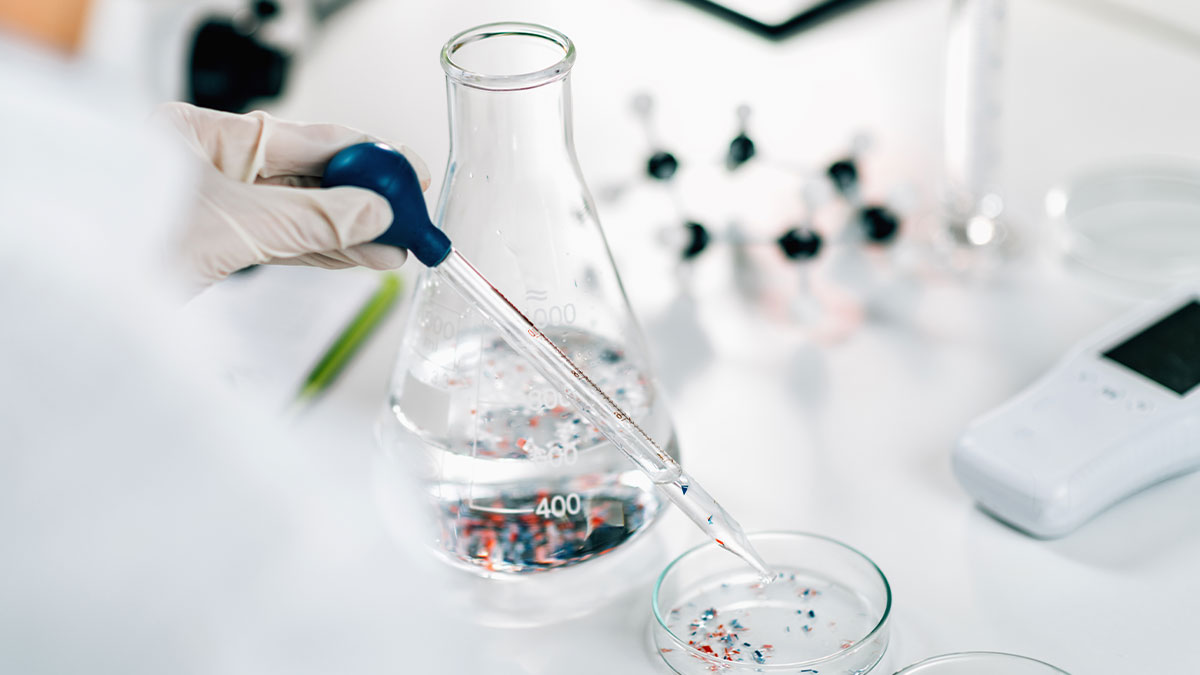A Holistic Approach to Aquatic Microplastics Research
Microplastics—those tiny bits of plastic less than 5 mm (<0.2 inches) in length—have become a very large problem. These minute structures are now known to be abundant in nearly every type of environment on Earth where they are affecting ecosystems and living organisms, including humans.
A growing number of researchers worldwide are investigating microplastics pollution in a range of aquatic environments. Two of the biggest needs these researchers face are standardized methods for sample collection, preparation, and analysis, and analytical methods that are highly sensitive and accurate. One aquatic microplastics research team in England is making great strides toward meeting these needs.
UoB Research Team Develops Improved Laboratory and Field Methodologies
The University of Birmingham’s (UoB) microplastics research team is a collaboration that addresses the aquatic microplastics pollution problem from different, but complimentary, angles. Dr. Holly Nel is a marine and estuarine ecologist who focuses on understanding the movement of plastics through aquatic systems and their effects on aquatic biota. She is an expert in field methods including sample collection and preparation. Dr. Andrew Chetwynd is a biochemist with expertise in the development of novel analytical methods that provide superior polymer identification and micro-/nano-particle characterization. These two scientists have converged their work into a powerhouse for understanding microplastics pollution!
The characterization of aquatic microplastics faces several recurring analytical challenges. The UoB team is currently addressing several of these challenges, including:
- Development of analytical methods that are highly sensitive and that maintain that sensitivity even with small sample mass
- Ability to generate accurate data for a range of microplastic particle sizes and media types
- Accurately distinguishing between isomers and closely related polymers
- Preventing false identifications of particle constituents
Dr. Nel and Dr. Chetwynd rely on several PerkinElmer, Inc. (PerkinElmer) instruments to address these challenges. The hyphenated workflow that links thermogravimetric analysis (TGA), Fourier-transform infrared spectroscopy (FTIR), and gas chromatography/mass spectroscopy (GC/MS) has become a key to their success. The individual instruments in the workflow each provide unique data and insights that the team uses to fully characterize microplastics. The accompanying PerkinElmer software enables them to avoid polymer misidentification and build location-specific polymer libraries. Dr. Nel uses this robust and highly accurate data to evaluate and refine her field methods.
Dr. Chetwynd and Dr. Nel are using their expanded techniques to identify microplastics hot spots and vulnerable areas within ecosystems and to track their sources. The ultimate goal is, of course, to use such information to develop targeted mitigation strategies.
Want to know more about the UoB team’s work and their vision for global collaboration to address microplastics pollution? Read the full account in our customer success story.

